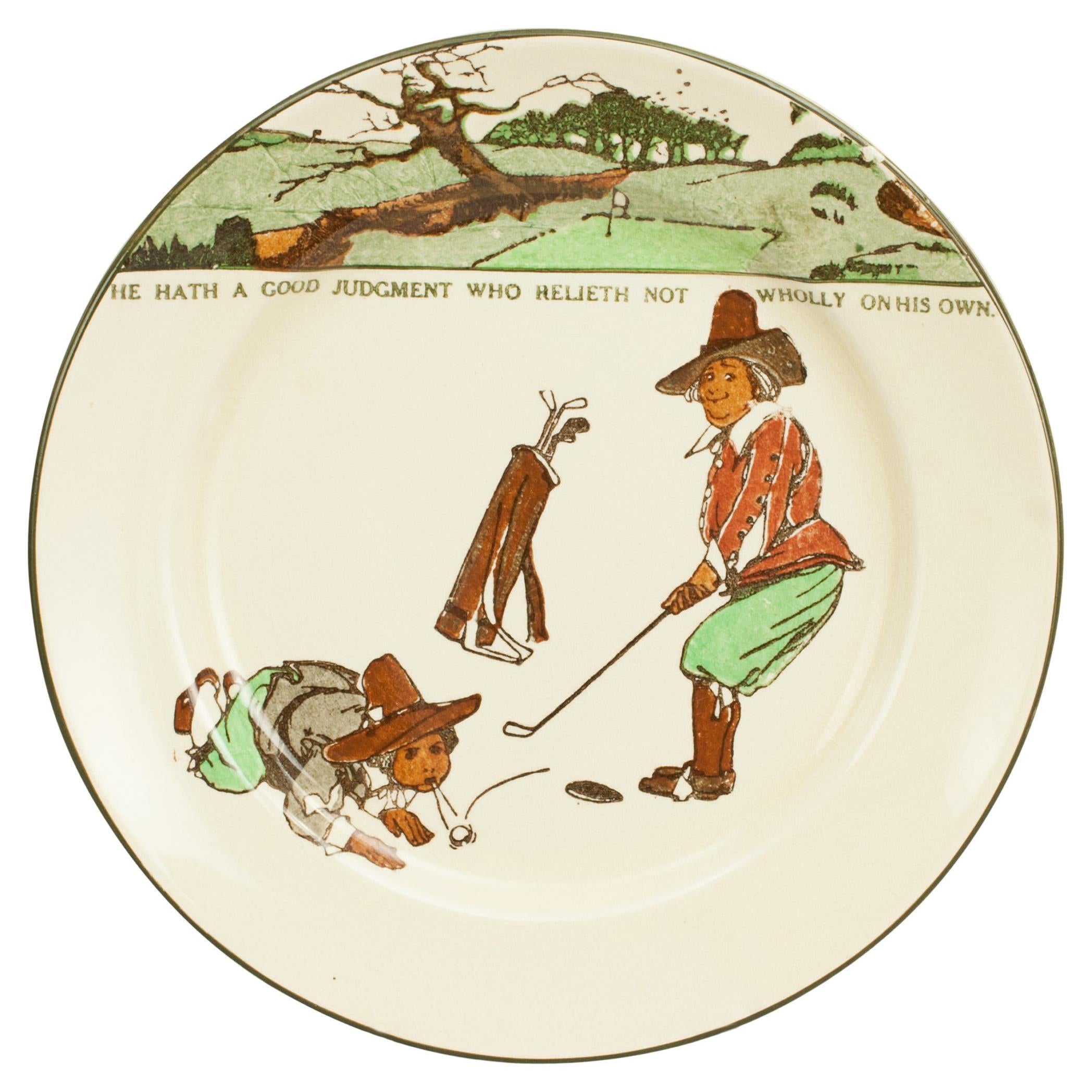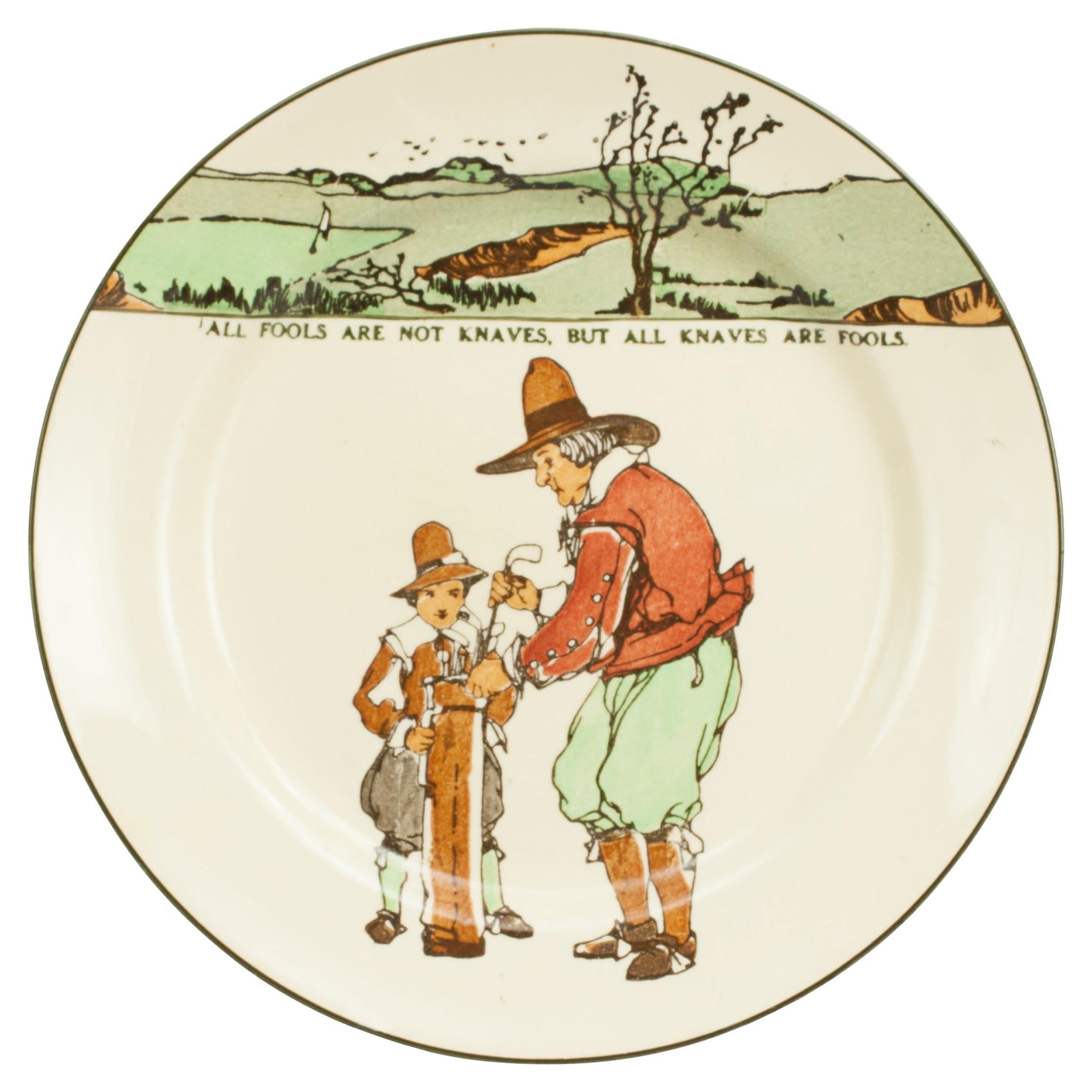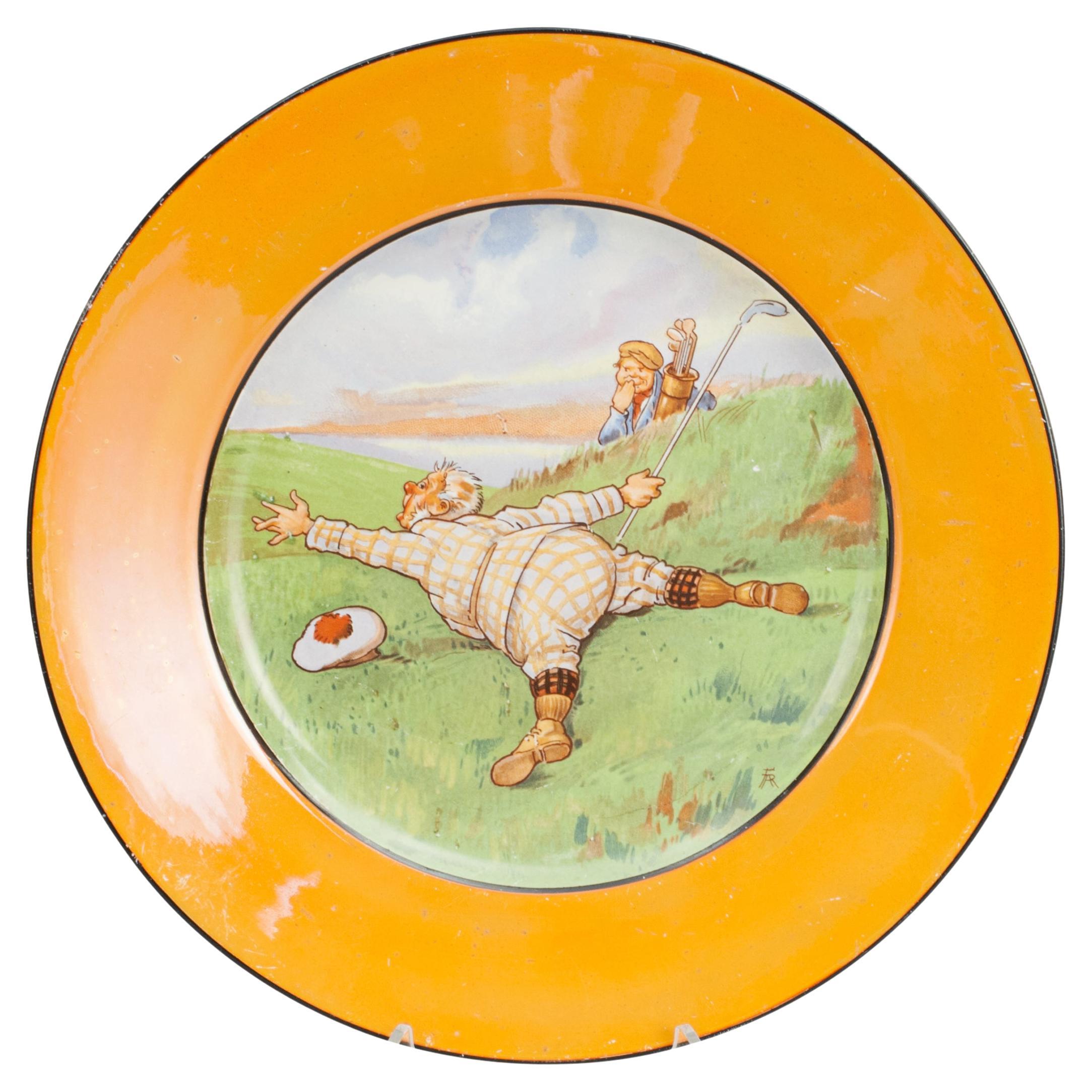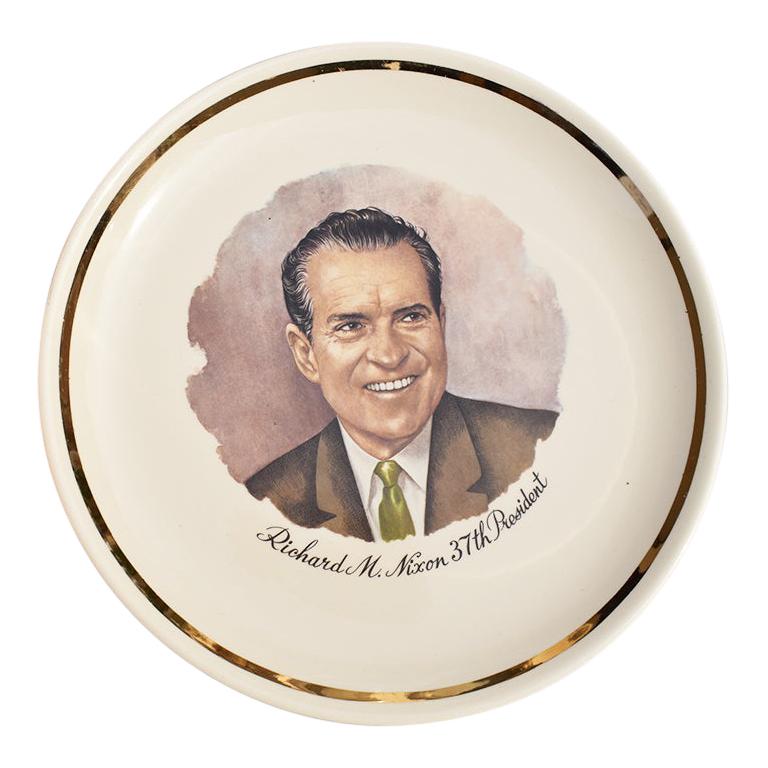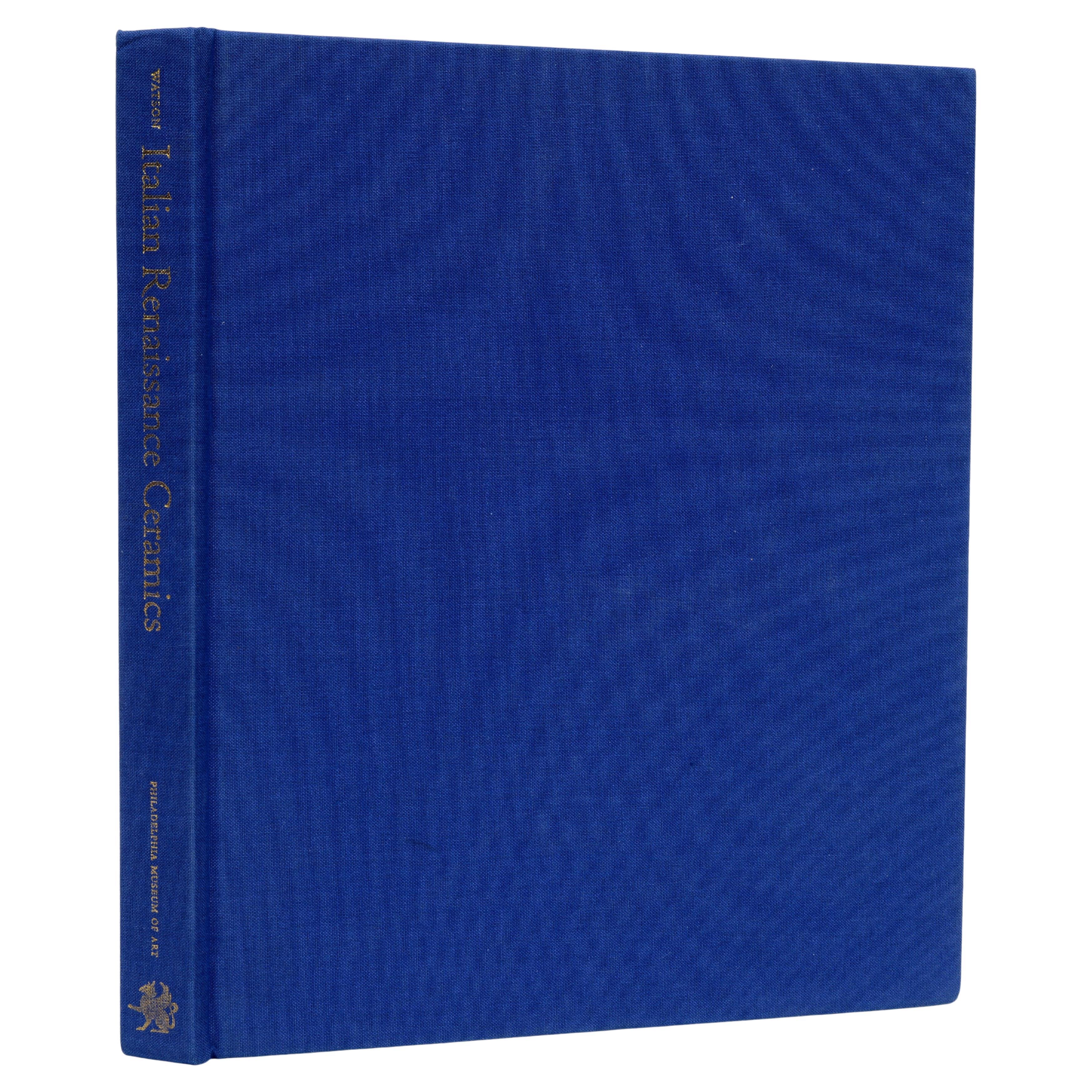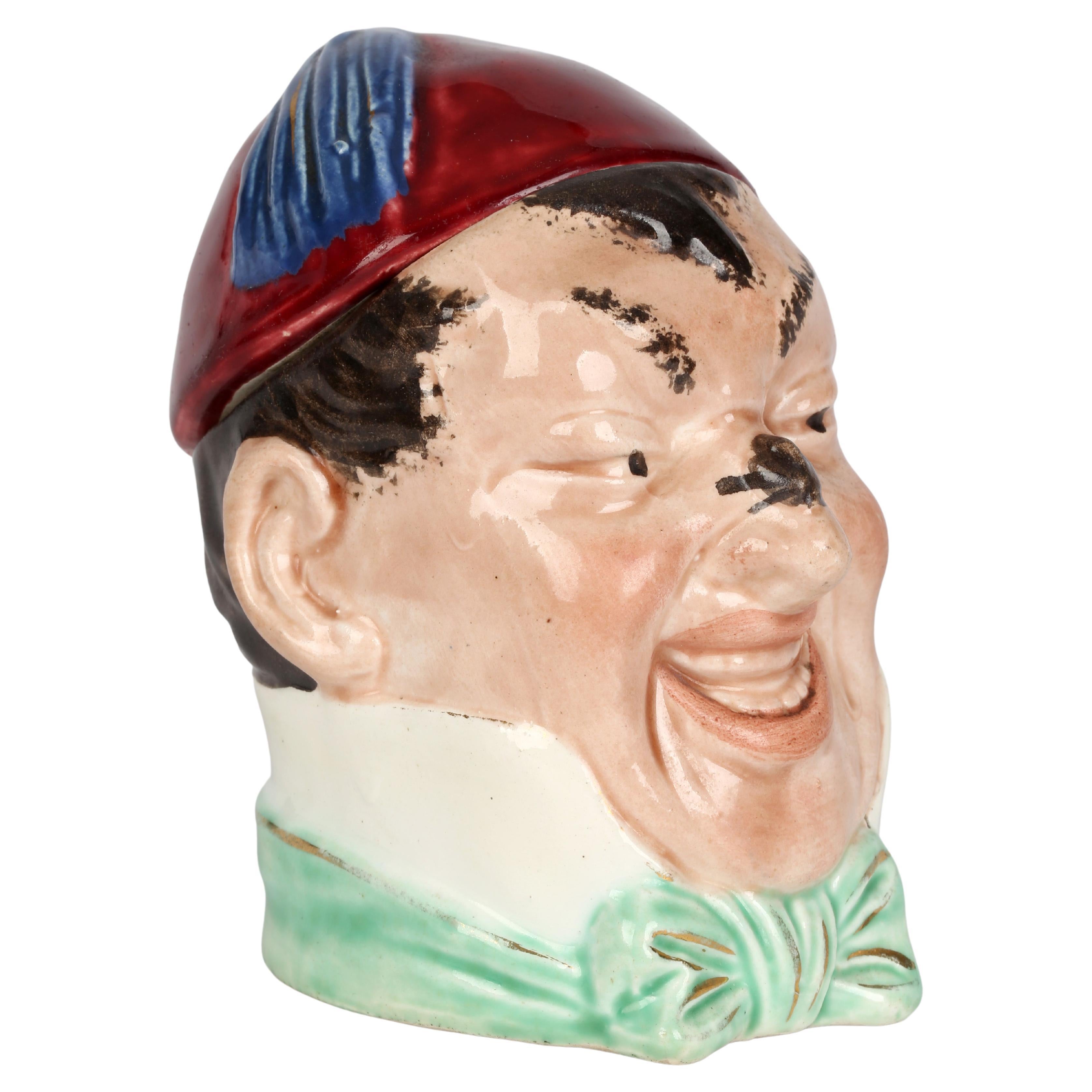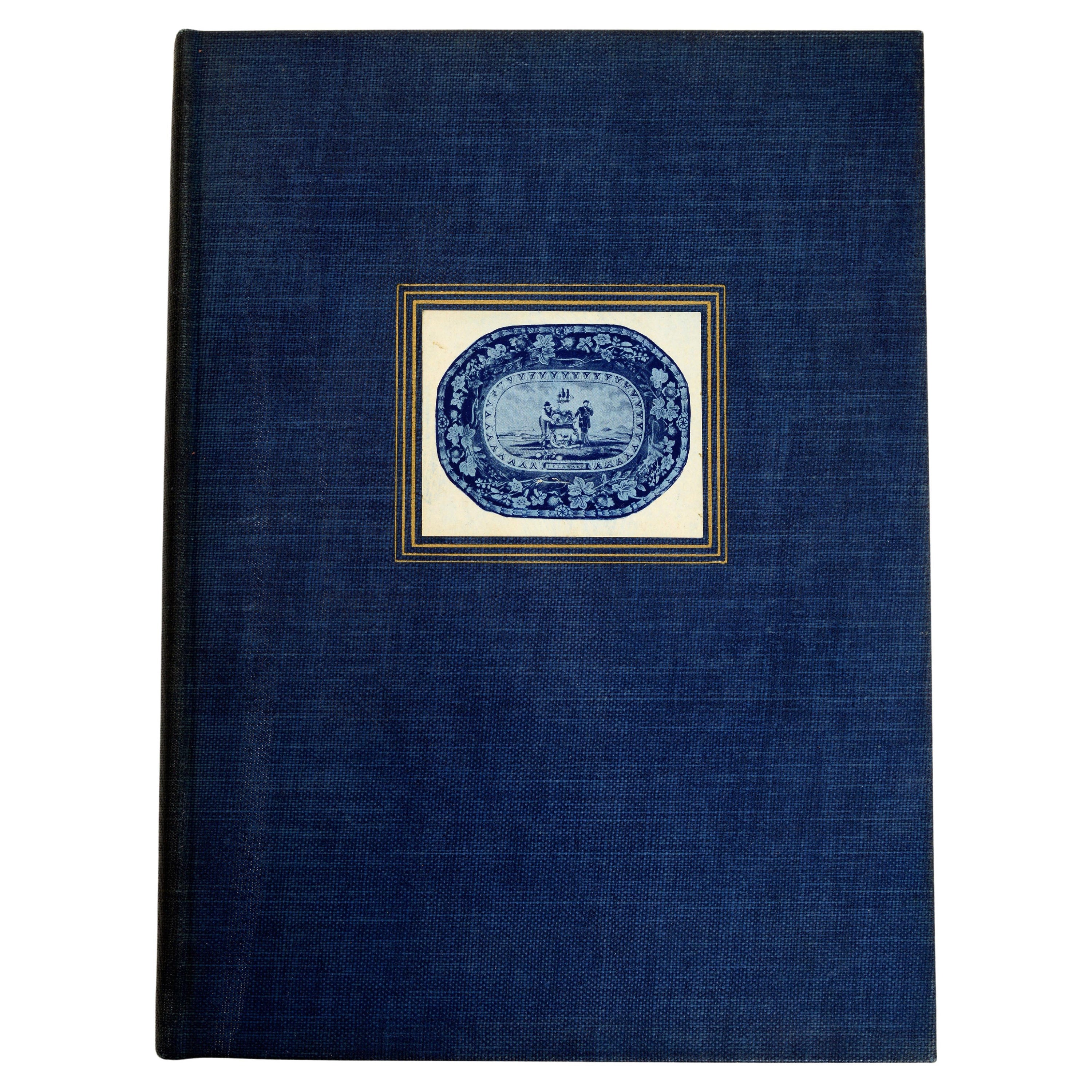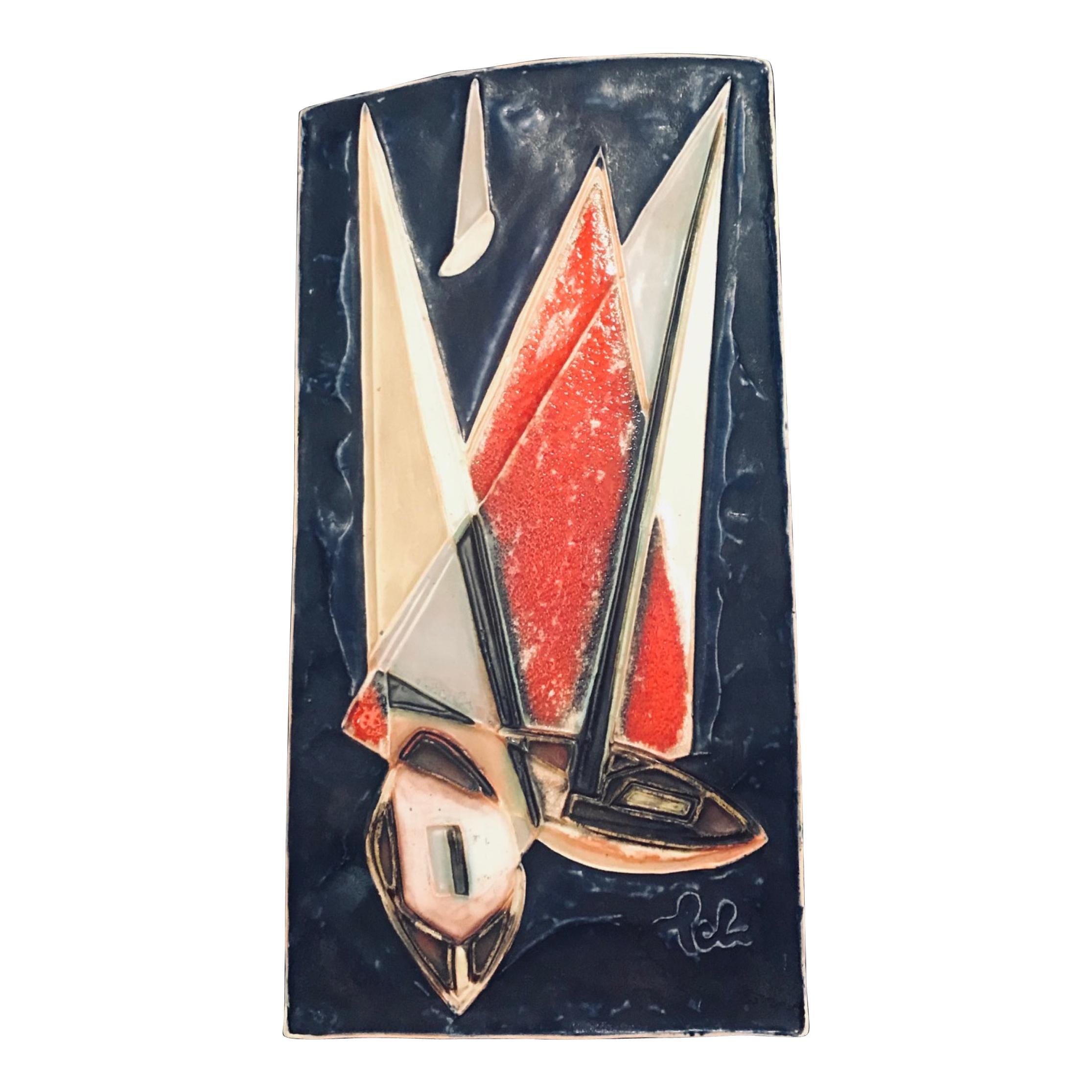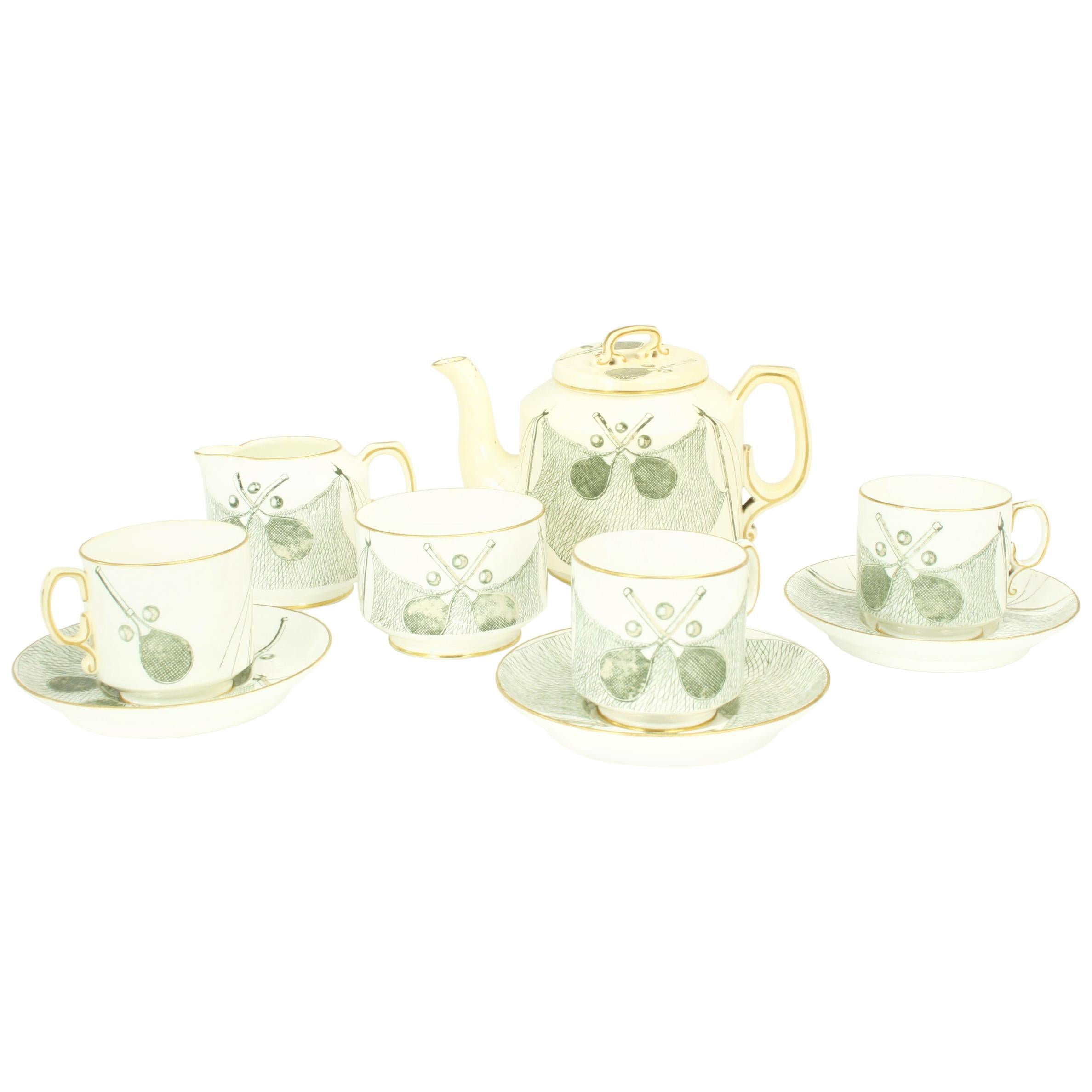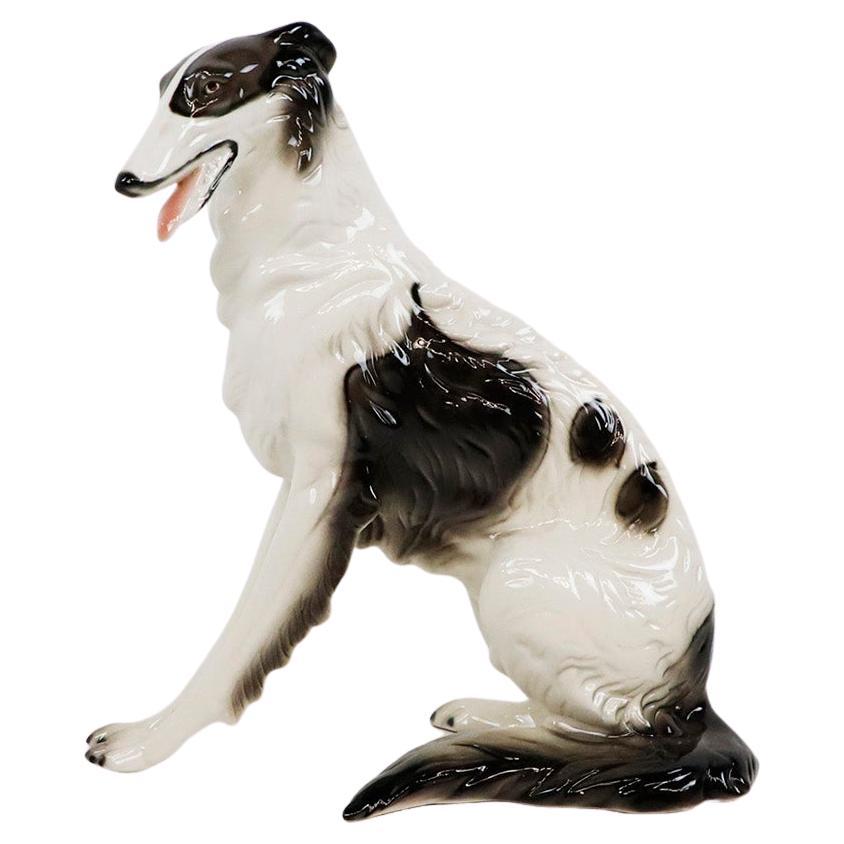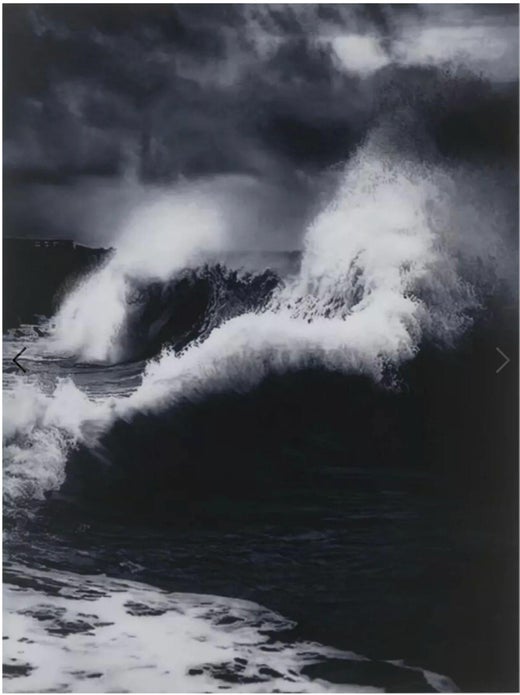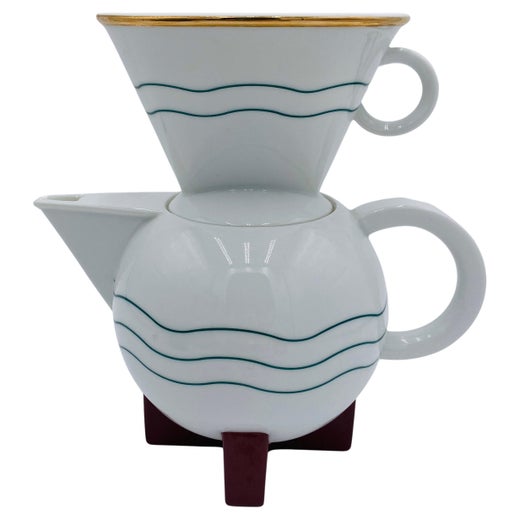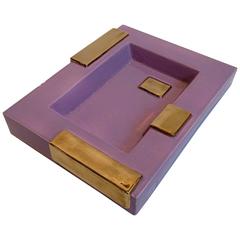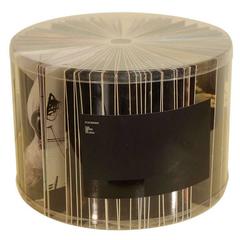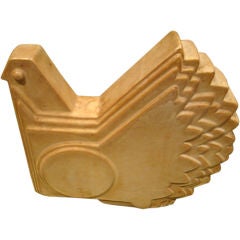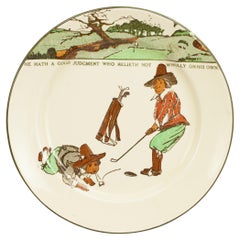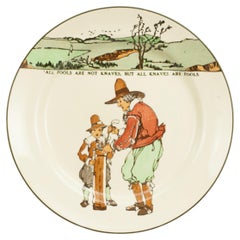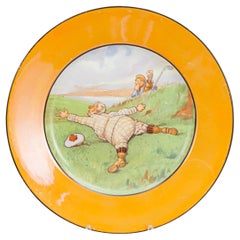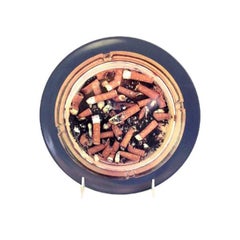
"Home Sweet Home" Plate by Damien Hirst
View Similar Items
"Home Sweet Home" Plate by Damien Hirst
About the Item
- Creator:Swid Powell (Maker),Damien Hirst (Designer)
- Dimensions:Height: 1 in (2.54 cm)Diameter: 8.25 in (20.96 cm)
- Style:Other (In the Style Of)
- Materials and Techniques:Porcelain,Fired
- Place of Origin:
- Period:
- Date of Manufacture:1996
- Condition:
- Seller Location:NYC, NY
- Reference Number:Seller: lond101620061stDibs: U0605048076408
Damien Hirst
British artist Damien Hirst is widely considered the enfant terrible of contemporary art. He is the most prominent of the so-called Young British Artists, or YBAs, a group, largely composed of Hirst’s classmates at Goldsmiths, in London, that began exhibiting together in warehouses and factories after 1988 and is known for the use of unconventional materials and “shock tactics” in his paintings, prints, sculptures and other works.
In the 1990s, Hirst said, “I can’t wait to get into a position to make really bad art and get away with it.” And indeed, he is notorious for piquing critics and baffling the public with such pieces as his signature glass vitrines containing dead sheep or sharks in formaldehyde, and his diamond-encrusted skull, For the Love of God.
Working primarily in sculpture, Hirst takes after French modernist master Marcel Duchamp in his use of ready-made objects and materials, which he combines to ironic effect. He often creates in series, as with "The Cure (Violet)" and "The Cure (Turquoise)," both from 2014, which are among several pill paintings referencing Andy Warhol’s embrace of mass production.
Belonging to Hirst's ongoing series of “spot” paintings, begun in the 1980s, the 2005 piece Xylene Cyanol Dye Solution is striking for its machinelike, industrial uniformity and almost childlike simplicity, a seeming rebuke to the idea of the artist-as-genius.
In addition to making art, Hirst has launched stores that sell editioned works (Other Criteria), a restaurant (Pharmacy2) and even his own London museum (Newport Street Gallery).
Find original Damien Hirst paintings, prints and other works on 1stDibs.
Swid Powell
The New York City–based tableware company Swid Powell produced some of the most distinctive china and silver of the 1980s in collaboration with international architects and designers. It enjoyed renewed attention in 2007, when the Yale University Art Gallery mounted the exhibition “The Architect’s Table: Swid Powell and Postmodern Design,” celebrating the donation to its collection of the company’s papers.
Swid Powell was established in 1982 by Nan Swid and Addie Powell, who met while working at the modernist furniture company Knoll. Their idea was to translate the aesthetics of postmodern design from the skyscraper to the dining table, and they brought into their preliminary discussions nine prominent architects. Among these were Philip Johnson, Stanley Tigerman and Richard Meier, all of whom expressed enthusiasm about making their designs accessible beyond the small group with the funds to commission buildings from them.
The first Swid Powell collection was launched in 1984, accompanied by a bold, graphic print campaign in keeping with the era’s advertising trends. The company’s best-known collaboration was with Robert Venturi’s Philadelphia-based firm, Venturi, Scott Brown and Associates, whose patterns — particularly the floral design Grandmother inspired by a tablecloth Venturi saw at the home of a colleague's grandmother — adorned Swid Powell porcelain as well as furniture and clothing.
The firm also partnered with architect Richard Meier, whose geometric designs were inspired in part by those of Josef Hoffmann and Charles Rennie Mackintosh. Swid Powell also worked with Arata Isosaki, Ettore Sottsass, Zaha Hadid and George Sowden, creating products that incorporated the bright, saturated colors and popular and historical references, like Classical columns, that animated postmodern design in the 1980s. The Chicago Blue china pattern designed for Swid Powell by the firm Gwathmey Siegel references the distinctive patterns of Frank Lloyd Wright’s leaded glass windows. As you will see in the examples below, Swid Powell continued to produce fine, fashionable homewares throughout the decade and beyond.
More From This Seller
View All1990s French Organic Modern Ceramics
Ceramic
Late 20th Century American Shadow Boxes
Plastic, Paper
Vintage 1940s Danish Scandinavian Modern Ceramics
Ceramic
Vintage 1940s American Figurative Sculptures
Ceramic
Late 20th Century British Minimalist Ashtrays
Glass
Late 20th Century American Other Paintings
Paper
You May Also Like
Vintage 1910s English Sporting Art Ceramics
Ceramic
Vintage 1910s English Sporting Art Ceramics
Ceramic
Vintage 1910s English Ceramics
Ceramic
Vintage 1910s English Sporting Art Sports Equipment and Memorabilia
Ceramic
20th Century North American American Classical Historical Memorabilia
Ceramic
21st Century and Contemporary American Books
Paper
